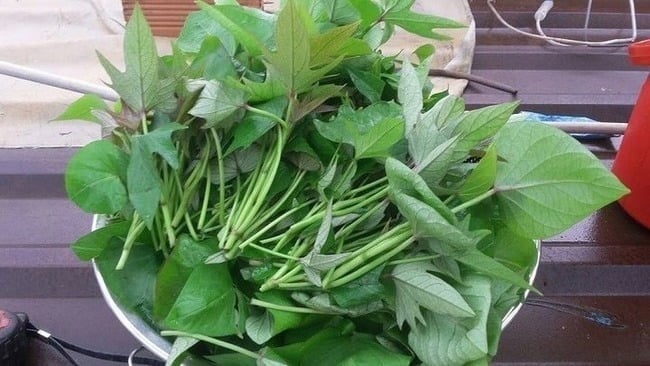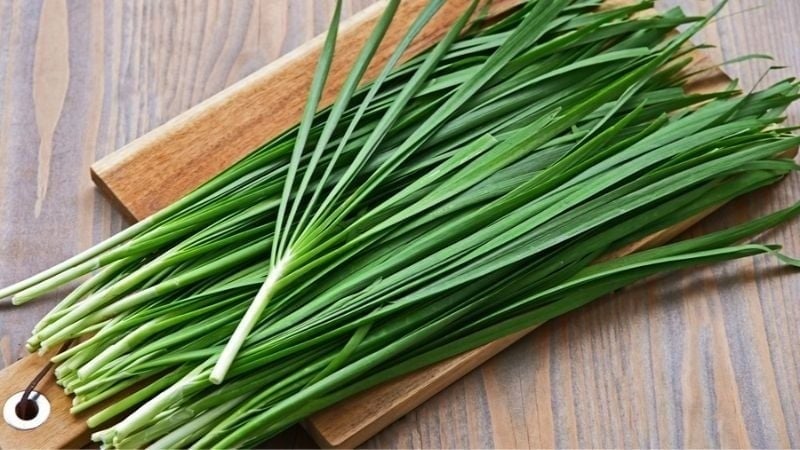Sweet Potato Leaves
A familiar and humble vegetable, sweet potato leaves offer a nutritional punch and are incredibly versatile in the kitchen. They can be boiled, stir-fried with garlic, or used in soups. Despite their simplicity, these leaves boast a high nutritional value and are known for their potential longevity benefits. An added advantage is the white sap produced by the sweet potato plant, which acts as a natural insect repellent, reducing the need for pesticides.

Lotus Root
Lotus root thrives in natural muddy water environments and requires minimal care or chemical intervention. As a result, it is rarely affected by pests and diseases. Lotus root is rich in dietary fiber and vitamin C, offering detoxifying properties and aiding digestion. It is a refreshing choice during hot weather.
Chinese Chives
Resembling green onions in appearance and garlic in flavor, Chinese chives are easy to cultivate and rarely require pesticides due to their natural pest resistance. This affordable and nutritious vegetable is a staple in many home-cooked meals and can be found in local markets and supermarkets.

Squash and Gourd Family Fruits
Fruits like pumpkin, winter melon, and watermelon have natural resistance to pests and rarely need chemical sprays. Their thick skins also protect the inner flesh from environmental factors, making them a safe choice for families.
Chrysanthemum Greens
Also known as shungiku or edible chrysanthemum, these autumn greens are popular for their subtle, natural fragrance. This scent acts as a natural insect repellent, allowing the plant to thrive without the use of pesticides. Chrysanthemum greens are not only safe but also packed with vitamins, amino acids, and calcium, offering stress relief, improved skin, and enhanced mental well-being.
Stem Lettuce
Stem lettuce, with its ability to produce natural insect repellents, rarely requires pesticides. It is a versatile vegetable that can be eaten raw, boiled, stir-fried, or grilled. With its nutritious and safe profile, stem lettuce has soft white stems and eye-catching green or purple leaves, making it perfect for healthy meals.
Yard-long Beans
Growing in watery environments, yard-long beans have thick skins that act as a natural defense against pests. When preparing them, simply peel off the outer layer to reveal the tender, sweet core within. Free from chemical interventions, these beans are a popular choice for stir-fries and soups.
Garlic
Not just the bulbs but also the young garlic leaves are used in cuisine, imparting a distinctive pungent flavor. Garlic contains allicin, a compound that effectively repels insects, allowing the plant to grow without relying on chemicals. Beyond its detox and anti-inflammatory properties, garlic is a natural immune booster, especially beneficial during the colder months.






























